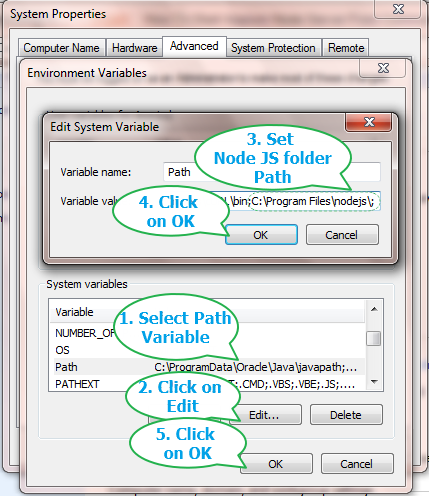

Different methods to Start Appium server from Java Hence, we have come up with this article which will help you start Appium server from Java. To remove this bottleneck, you would need to start and stop the Appium server programmatically. Starting and stopping the Appium server manually would become a huge bottleneck to your approach. And as part of this, you might also start thinking about removing all the manual steps involved in test execution, so that you can achieve the objective of continuous testing and feedback.

And its still relatively easy to start and stop the non-GUI version of Appium manually.Įventually there would come a time, when you are in the process of designing a good and robust test automation framework. After some time, many people would download and install the latest versions of Appium, which most of the times would be a non-GUI version. GUI versions of Appium are easy to use, and users can easily start and stop the Appium server manually using the controls provided in the tool. Initially, a lot of people start working with the GUI based Appium versions. When you start learning Appium or start writing your first test script with it, your initial approach (especially from a beginner’s point of view) would be to start and stop the Appium server manually.


 0 kommentar(er)
0 kommentar(er)
